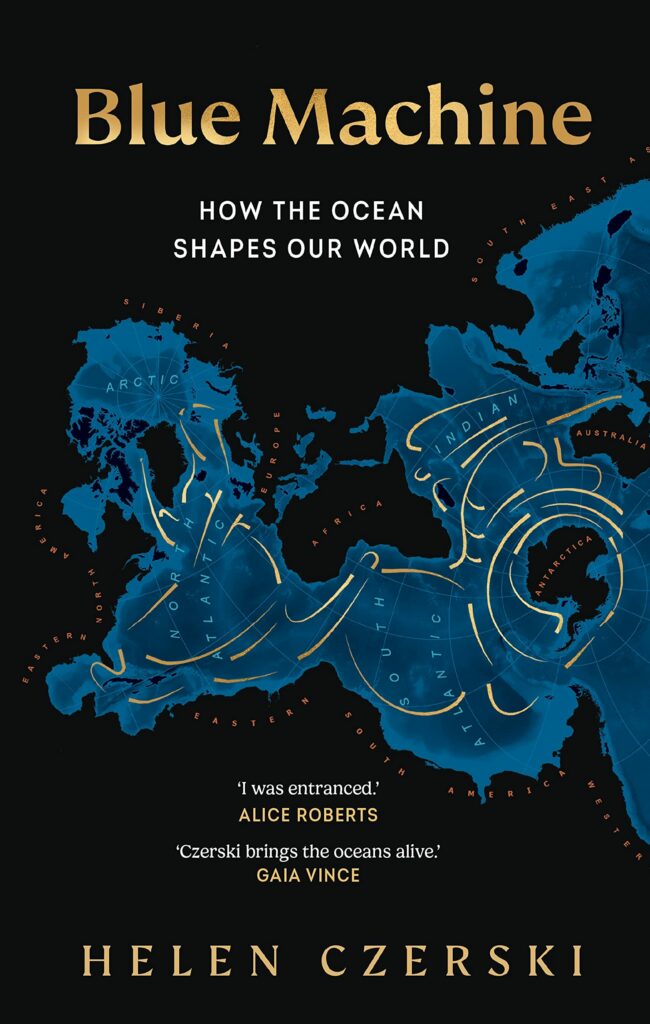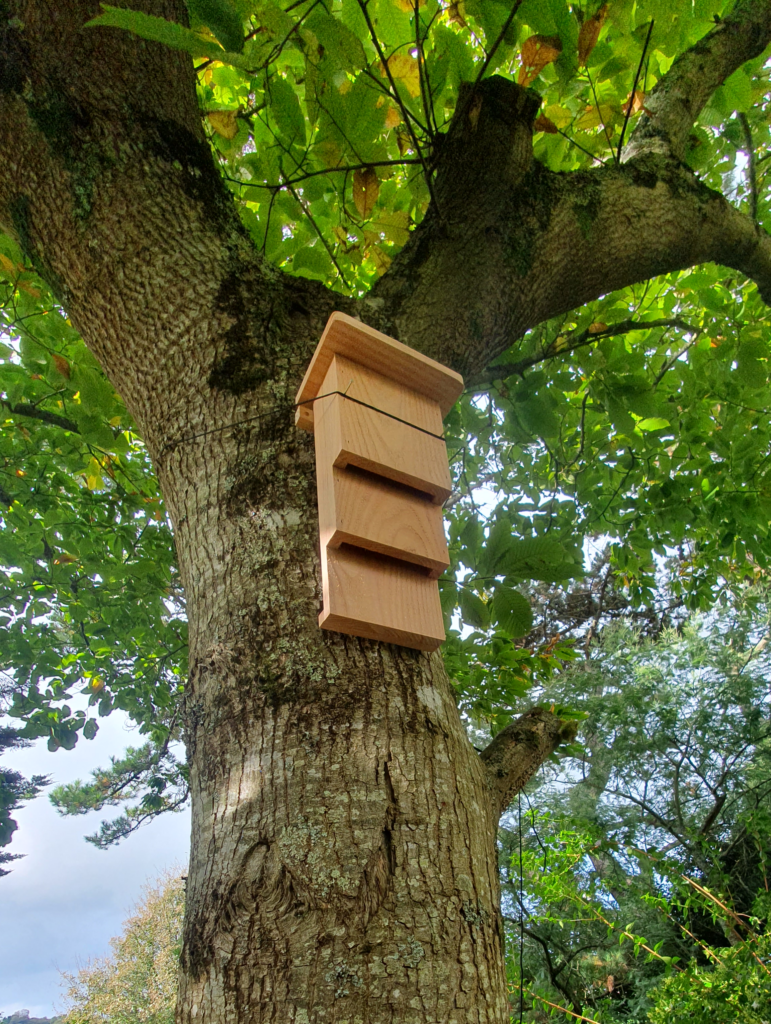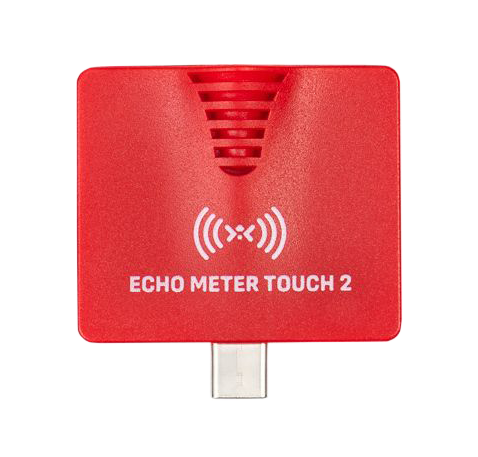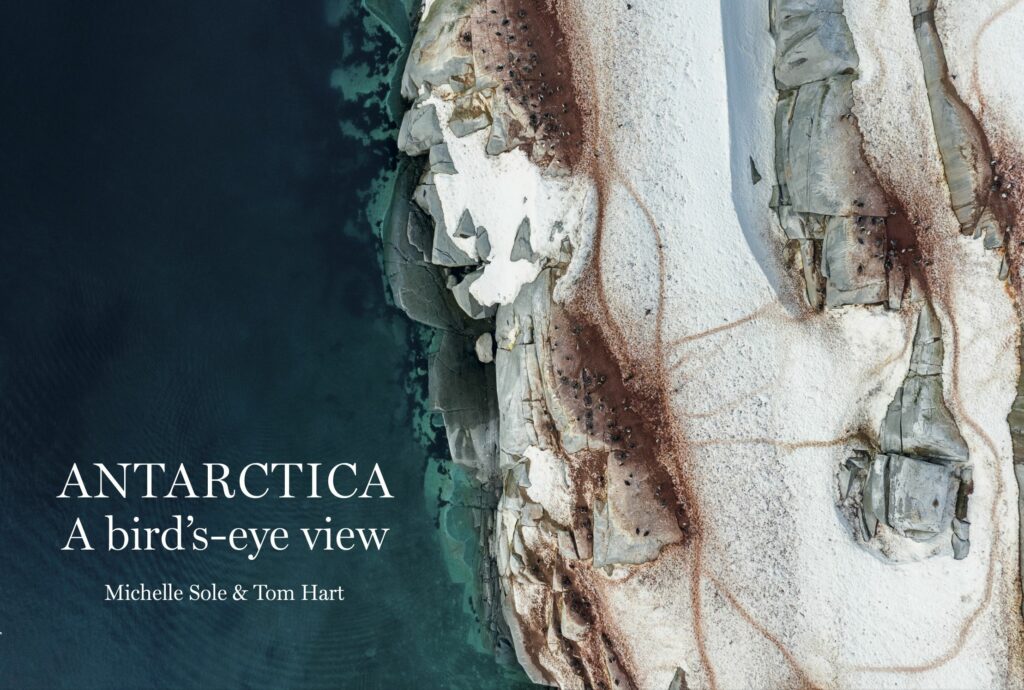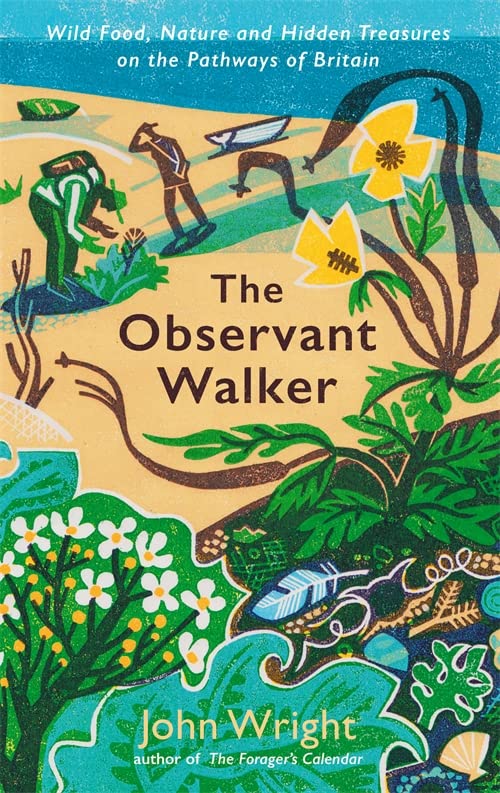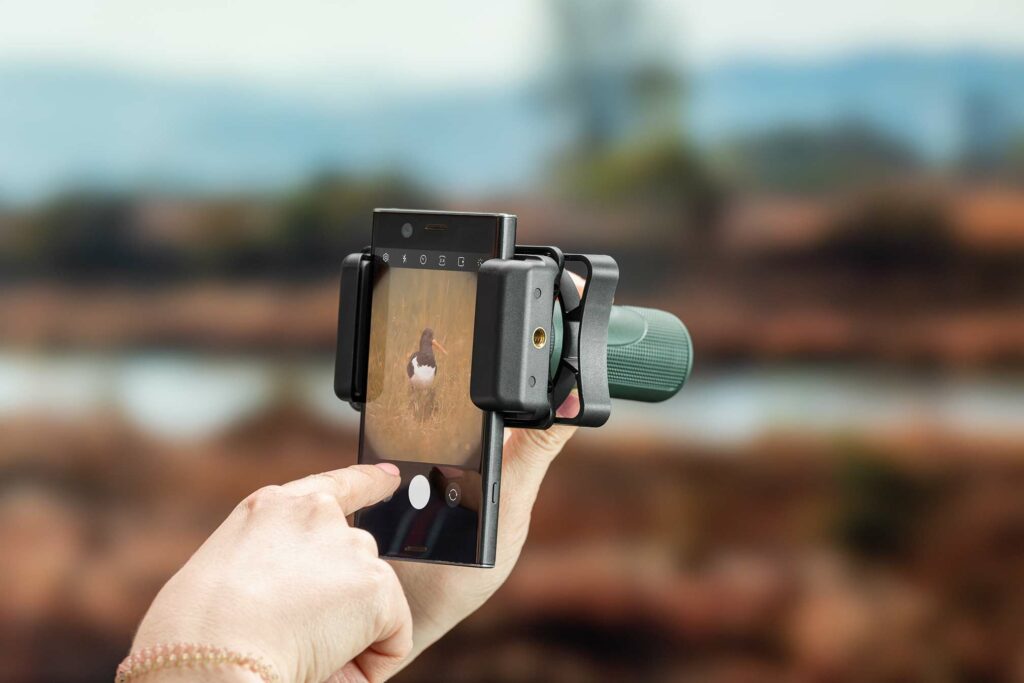
As 2023 draws to a close, what could be more pleasant than a look back at some of the books that we have read, enjoyed and recommended to our friends, family and customers over the past twelve months.
January
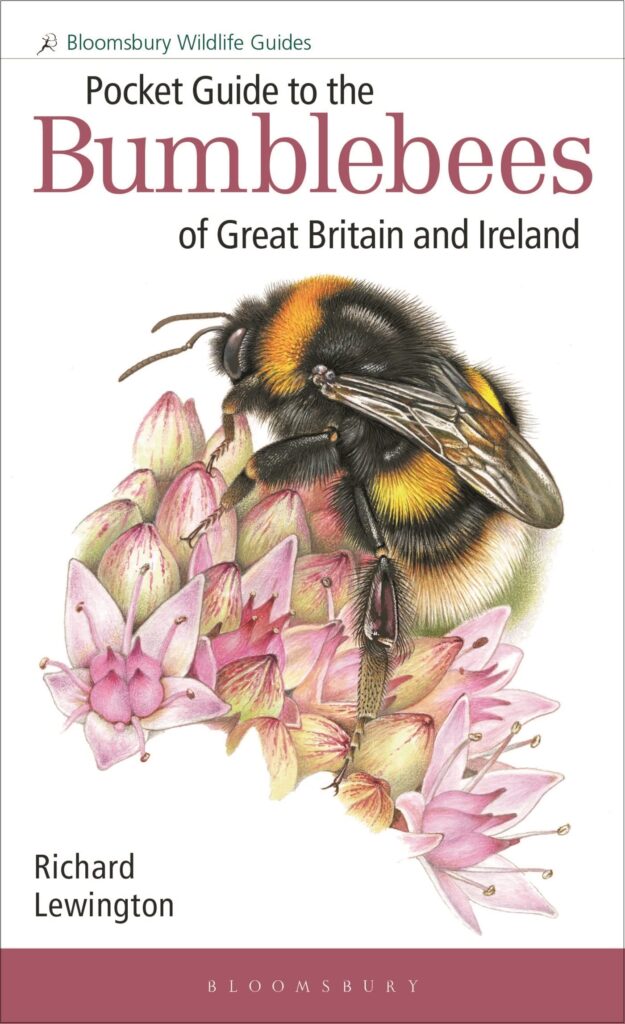 At the very beginning of the year, Richard Lewington treated us to a beautiful new Pocket Guide to the Bumblebees of Great Britain and Ireland. Lewington’s illustrations never disappoint and this guide was a fantastic addition to our field guide bookshelves. We were also inspired by Britain’s Living Seas. Written in collaboration with The Wildlife Trusts, this user-friendly book provides a guide to the coasts around the British Isles, as well as ideas for the alternative and sustainable management of our seas.
At the very beginning of the year, Richard Lewington treated us to a beautiful new Pocket Guide to the Bumblebees of Great Britain and Ireland. Lewington’s illustrations never disappoint and this guide was a fantastic addition to our field guide bookshelves. We were also inspired by Britain’s Living Seas. Written in collaboration with The Wildlife Trusts, this user-friendly book provides a guide to the coasts around the British Isles, as well as ideas for the alternative and sustainable management of our seas.
February
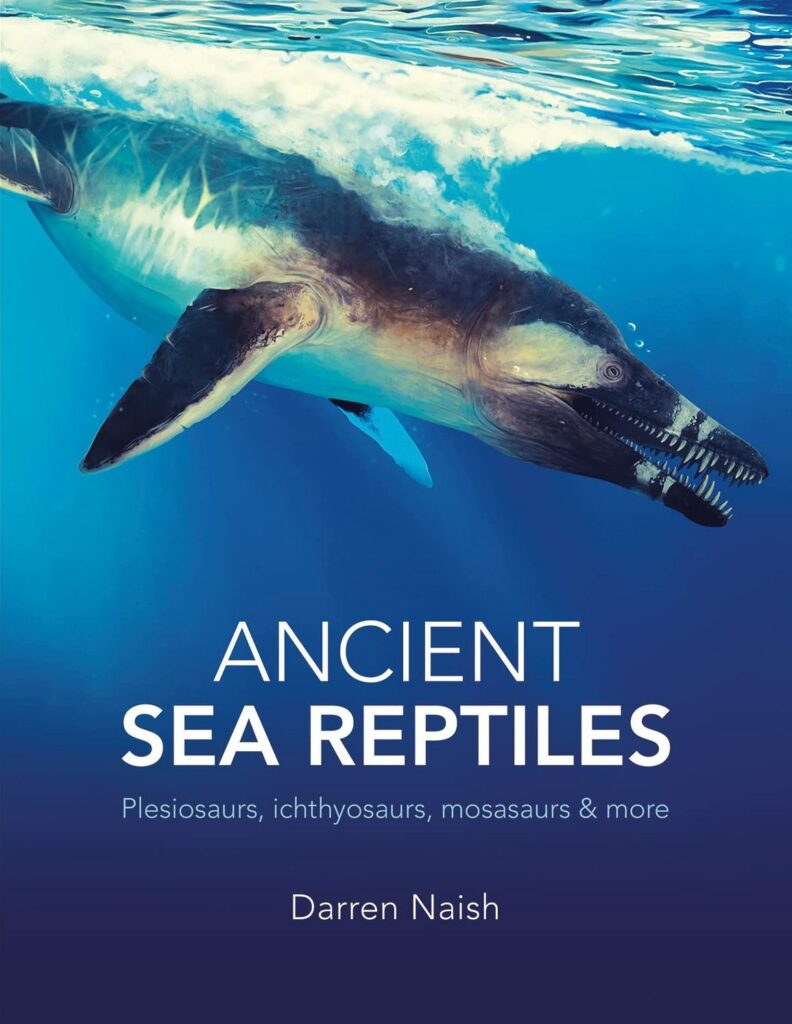 February saw the publication of Darren Naish’s Ancient Sea Reptiles in which he introduces us to these strange, sometimes monstrous, marine beasts. Edited by cave scientist and conservation ecologist Dr J. Judson Wynne, Cave Biodiversity provided us with a fascinating look at both the evolution and the conservation of subterrestrial-dwelling fauna, while Planktonium, from Dutch photographer Jan van IJken, offered us a glimpse into the unseen world of microscopic plankton via his stunningly beautiful images.
February saw the publication of Darren Naish’s Ancient Sea Reptiles in which he introduces us to these strange, sometimes monstrous, marine beasts. Edited by cave scientist and conservation ecologist Dr J. Judson Wynne, Cave Biodiversity provided us with a fascinating look at both the evolution and the conservation of subterrestrial-dwelling fauna, while Planktonium, from Dutch photographer Jan van IJken, offered us a glimpse into the unseen world of microscopic plankton via his stunningly beautiful images.
March
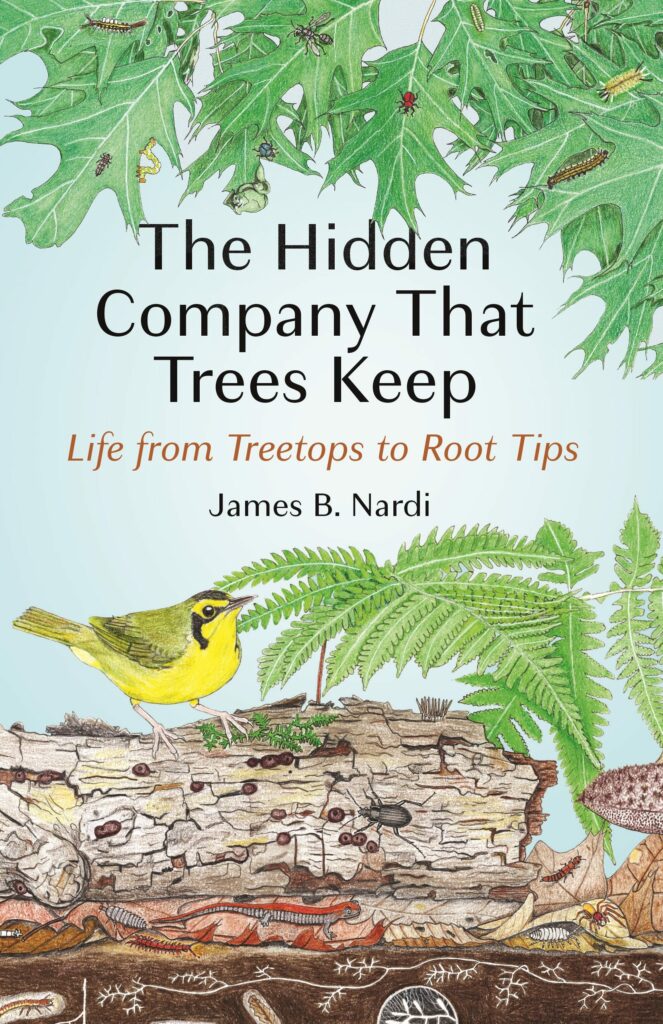 March offered us some truly inspiring reads, including James T. Costa’s Radical by Nature which chronicles the life, adventures and achievements of Alfred Russell Wallace, including his role in the formation of the theory of natural selection. James Nardi guided us through the innermost unseen world that trees share with a range of creatures in The Hidden Company That Trees Keep and we discovered more about the wild spaces of Britain and Ireland in Patrick Barkham and Alastair Fothergill’s Wild Isles, which accompanies the popular BBC series.
March offered us some truly inspiring reads, including James T. Costa’s Radical by Nature which chronicles the life, adventures and achievements of Alfred Russell Wallace, including his role in the formation of the theory of natural selection. James Nardi guided us through the innermost unseen world that trees share with a range of creatures in The Hidden Company That Trees Keep and we discovered more about the wild spaces of Britain and Ireland in Patrick Barkham and Alastair Fothergill’s Wild Isles, which accompanies the popular BBC series.
April/May
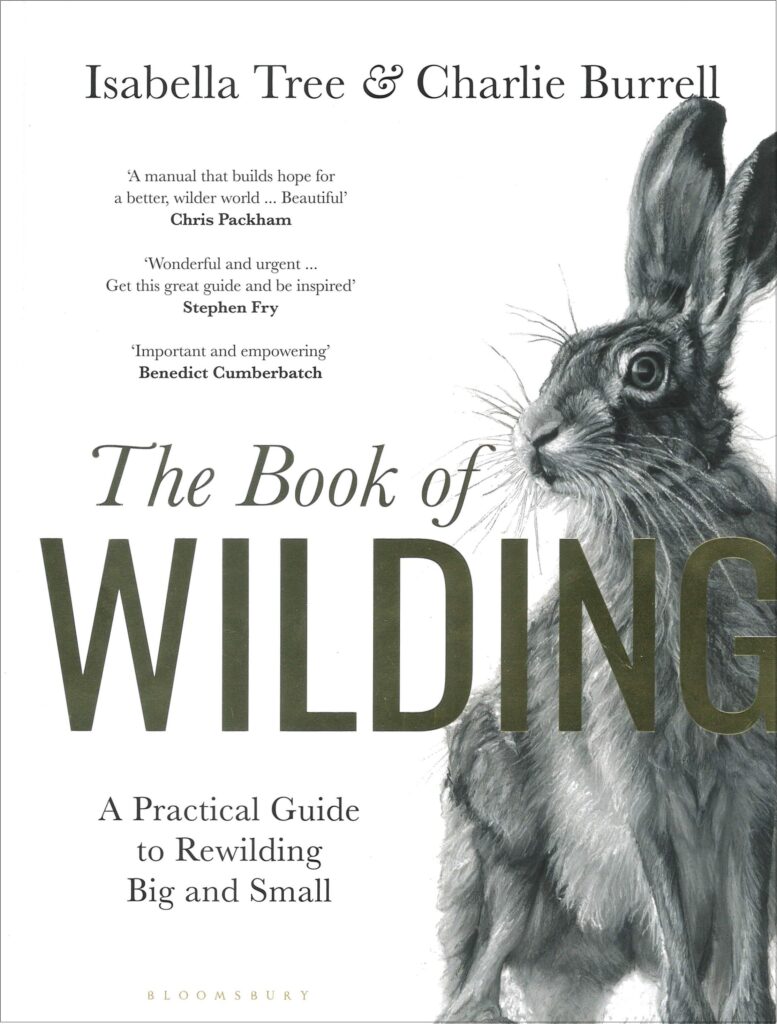 In April we were treated to more marine photography with Lisa-ann Gershwin’s Shapeshifters, which is a visually breathtaking look at 100 species of jellyfish. May saw the publication of the practical and inspiring The Book of Wilding which offers rewilding advice on a range of scales. (Read our Q&A with Isabella here). In the wake of Covid-19, we also delved into Fatal Jump from Leslie Reperant, which looks at the origins of global pandemics.
In April we were treated to more marine photography with Lisa-ann Gershwin’s Shapeshifters, which is a visually breathtaking look at 100 species of jellyfish. May saw the publication of the practical and inspiring The Book of Wilding which offers rewilding advice on a range of scales. (Read our Q&A with Isabella here). In the wake of Covid-19, we also delved into Fatal Jump from Leslie Reperant, which looks at the origins of global pandemics.
June/July
 June provided us with another wonderful marine title from physicist Helen Czerski. In Blue Machine she offers a timely and elegant explanation of the ocean engine and the extent to which it impacts life on our planet. It would be remiss of us to pass by July without mentioning the publication of All the Mammals of the World. This popular and sizeable volume, as the title suggests, covers all of the mammals of the world and has something to appeal to everyone, from wildlife enthusiasts to researchers and conservationists. Following on from her critically acclaimed The Genius of Birds, July also saw the arrival of Jennifer Ackerman’s What an Owl Knows which brings to life the natural history of these incredible birds. (You can read our Q&A with Jennifer here).
June provided us with another wonderful marine title from physicist Helen Czerski. In Blue Machine she offers a timely and elegant explanation of the ocean engine and the extent to which it impacts life on our planet. It would be remiss of us to pass by July without mentioning the publication of All the Mammals of the World. This popular and sizeable volume, as the title suggests, covers all of the mammals of the world and has something to appeal to everyone, from wildlife enthusiasts to researchers and conservationists. Following on from her critically acclaimed The Genius of Birds, July also saw the arrival of Jennifer Ackerman’s What an Owl Knows which brings to life the natural history of these incredible birds. (You can read our Q&A with Jennifer here).
August
 In August we delighted in Amy-Jane Beer’s The Flow, an immersive and moving memoir which went on to win the James Cropper Wainwright Prize for Nature Writing in September. We enjoyed Chris Manias’ The Age of Mammals which examines how 19th-Century palaeontology revolved largely around mammals rather than dinosaurs. We were also fans of Brian Johnson’s Honey Bee Biology which provides an incredibly comprehensive and up-to-date reference guide to these fascinating and essential pollinators.
In August we delighted in Amy-Jane Beer’s The Flow, an immersive and moving memoir which went on to win the James Cropper Wainwright Prize for Nature Writing in September. We enjoyed Chris Manias’ The Age of Mammals which examines how 19th-Century palaeontology revolved largely around mammals rather than dinosaurs. We were also fans of Brian Johnson’s Honey Bee Biology which provides an incredibly comprehensive and up-to-date reference guide to these fascinating and essential pollinators.
September
 The beginning of autumn brought with it the publication of Peter Eeles’ British & Irish Butterfly Rarities. Immensely popular among our Lepidopterist customers, this valuable book is the first to focus entirely on the species of butterfly regarded as extinct, rare migrant or introduced. Other highlights for us from September included Guillaume Pitron’s The Dark Cloud, a sobering investigation into the impacts of digital technology on the environment, and Michael Bright’s Masterpieces of the Earth, a dazzling photographic compendium of natural wonders around the world.
The beginning of autumn brought with it the publication of Peter Eeles’ British & Irish Butterfly Rarities. Immensely popular among our Lepidopterist customers, this valuable book is the first to focus entirely on the species of butterfly regarded as extinct, rare migrant or introduced. Other highlights for us from September included Guillaume Pitron’s The Dark Cloud, a sobering investigation into the impacts of digital technology on the environment, and Michael Bright’s Masterpieces of the Earth, a dazzling photographic compendium of natural wonders around the world.
October
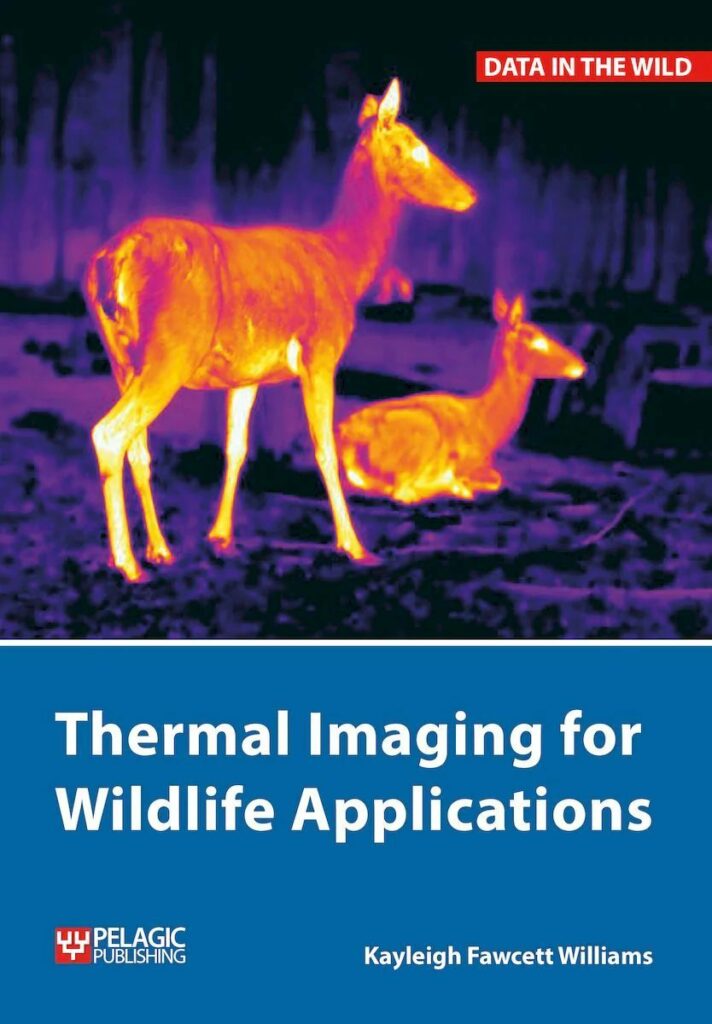 October provided us with a couple of titles of huge interest to ecologists, particularly those involved in bat surveys. The 4th edition of Bat Surveys for Professional Ecologists from the Bat Conservation Trust (BCT) provided updated and new content, including important information on the use of night vision equipment. (An interview about the book with Jan Collins from the BCT can be found here). Further practical advice on night vision survey was also found in Kayleigh Fawcett Williams’ excellent Thermal Imaging for Wildlife Applications. (Read our Q&A with Kayleigh here). Other highlights from October included Ben Goldfarb’s Crossings, which investigates the kinds of ecological devastation that roads and highways are inflicting upon our planet, as well as the photographic delights of Michelle Sole and Tom Hart’s Antarctica.
October provided us with a couple of titles of huge interest to ecologists, particularly those involved in bat surveys. The 4th edition of Bat Surveys for Professional Ecologists from the Bat Conservation Trust (BCT) provided updated and new content, including important information on the use of night vision equipment. (An interview about the book with Jan Collins from the BCT can be found here). Further practical advice on night vision survey was also found in Kayleigh Fawcett Williams’ excellent Thermal Imaging for Wildlife Applications. (Read our Q&A with Kayleigh here). Other highlights from October included Ben Goldfarb’s Crossings, which investigates the kinds of ecological devastation that roads and highways are inflicting upon our planet, as well as the photographic delights of Michelle Sole and Tom Hart’s Antarctica.
November
 In November we received the first copies of Seabirds Count which provides an incredibly important insight into the seabird populations across Britain and Ireland. We also loved Neil Middleton and Stuart Newson’s Sound Identification of Terrestrial Mammals of Britain & Ireland which provides comprehensive coverage of a topic previously unexplored within the literature. (Enjoy our Q&A with the authors here). Other notable mentions this month include Andrew Simms and Leo Murray’s Badvertising, which examines the role of marketing on both the health of humans and that of the planet, plus Vincent Munier: The Monograph, which compiles 35 years of his stunning photography and expresses his unwavering admiration of the wild world.
In November we received the first copies of Seabirds Count which provides an incredibly important insight into the seabird populations across Britain and Ireland. We also loved Neil Middleton and Stuart Newson’s Sound Identification of Terrestrial Mammals of Britain & Ireland which provides comprehensive coverage of a topic previously unexplored within the literature. (Enjoy our Q&A with the authors here). Other notable mentions this month include Andrew Simms and Leo Murray’s Badvertising, which examines the role of marketing on both the health of humans and that of the planet, plus Vincent Munier: The Monograph, which compiles 35 years of his stunning photography and expresses his unwavering admiration of the wild world.
December
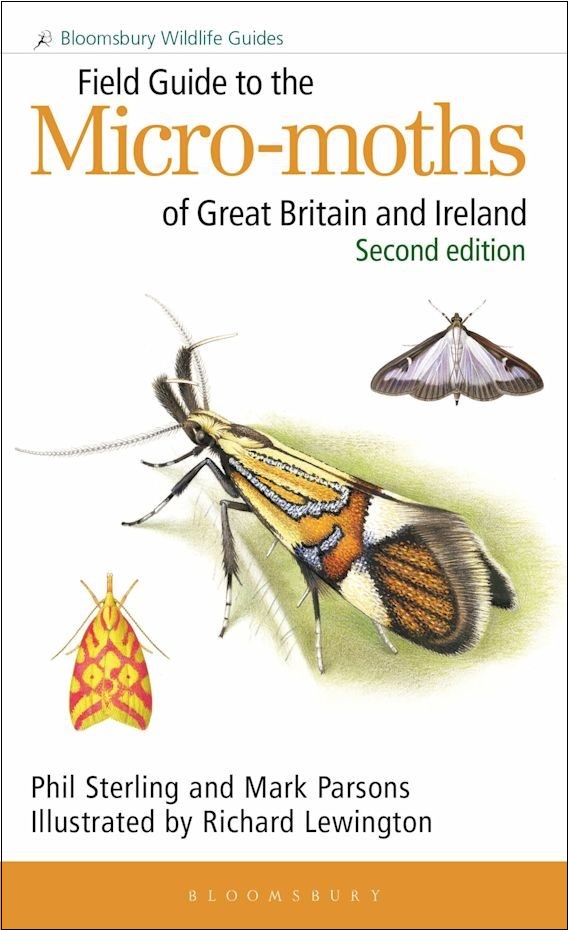 We finish our yearly round-up with two fantastic books from December: the incredible second edition of the Field Guide to the Micro-moths of Great Britain and Ireland which is instrumental in making these fascinating group of moths accessible to the general naturalist. (Read our conversation with authors Phil Sterling and Mark Parsons here). Also in its second edition was Ian Newton’s The Migration Ecology of Birds, which covers all aspects of this fascinating subject in a clear and readable style.
We finish our yearly round-up with two fantastic books from December: the incredible second edition of the Field Guide to the Micro-moths of Great Britain and Ireland which is instrumental in making these fascinating group of moths accessible to the general naturalist. (Read our conversation with authors Phil Sterling and Mark Parsons here). Also in its second edition was Ian Newton’s The Migration Ecology of Birds, which covers all aspects of this fascinating subject in a clear and readable style.
All that remains is to wish everyone a wonderful end to the year. We look forward to sharing plenty more great reads with you in 2024.


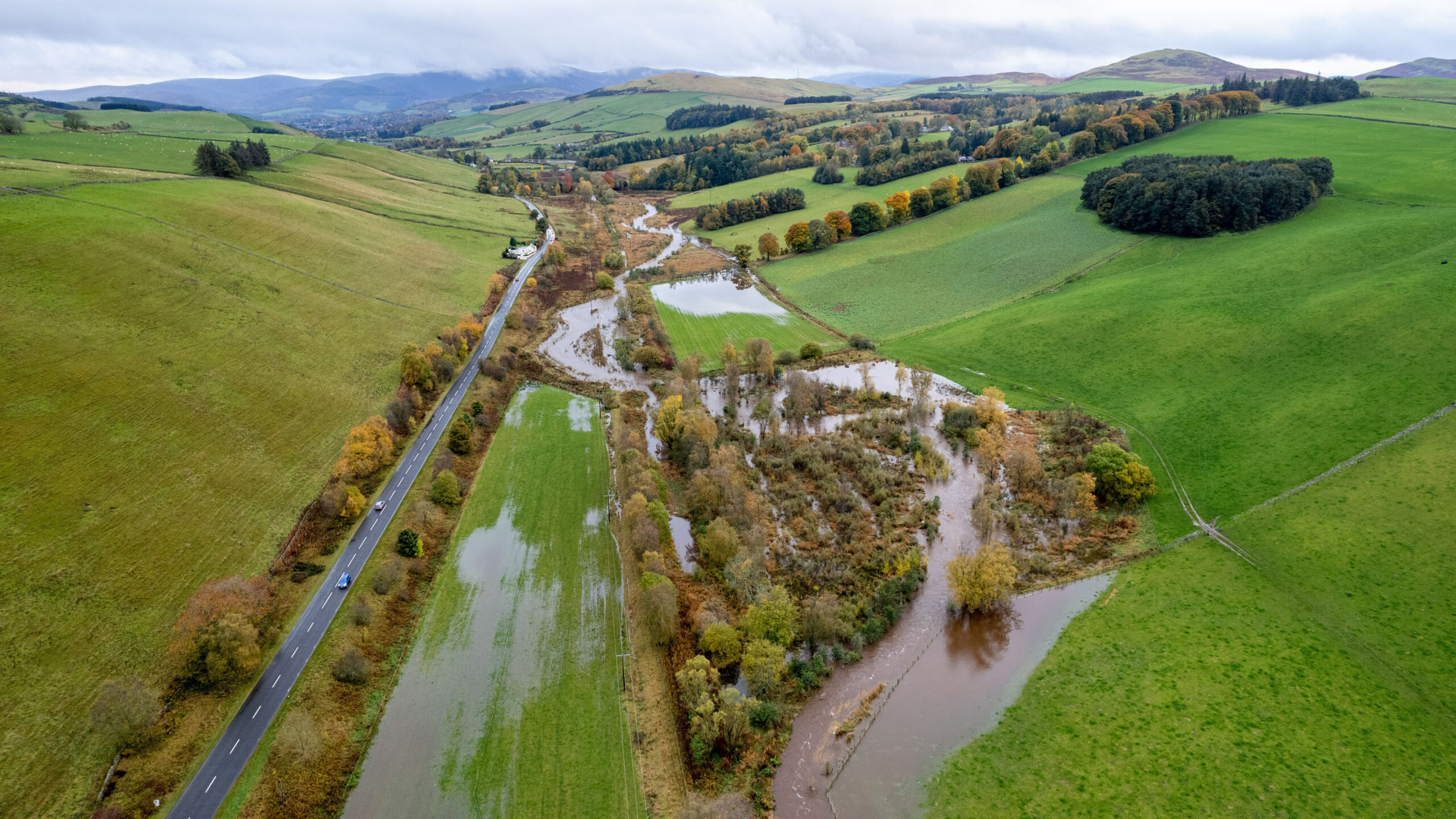
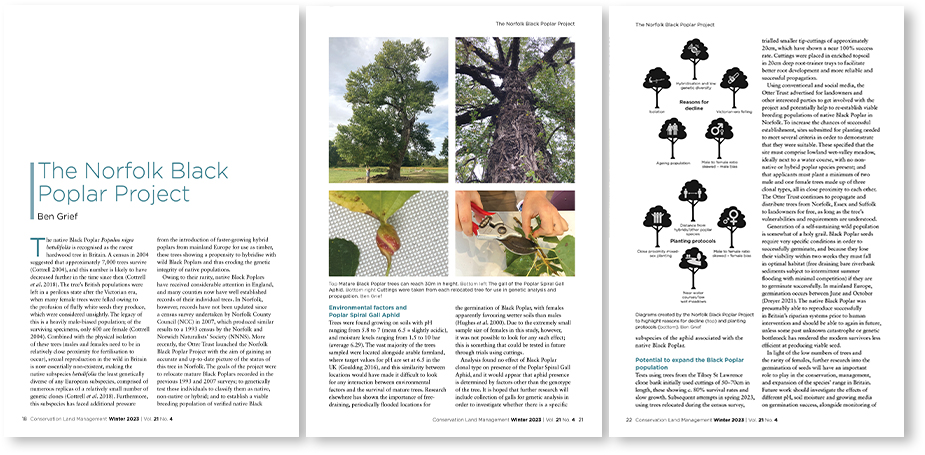
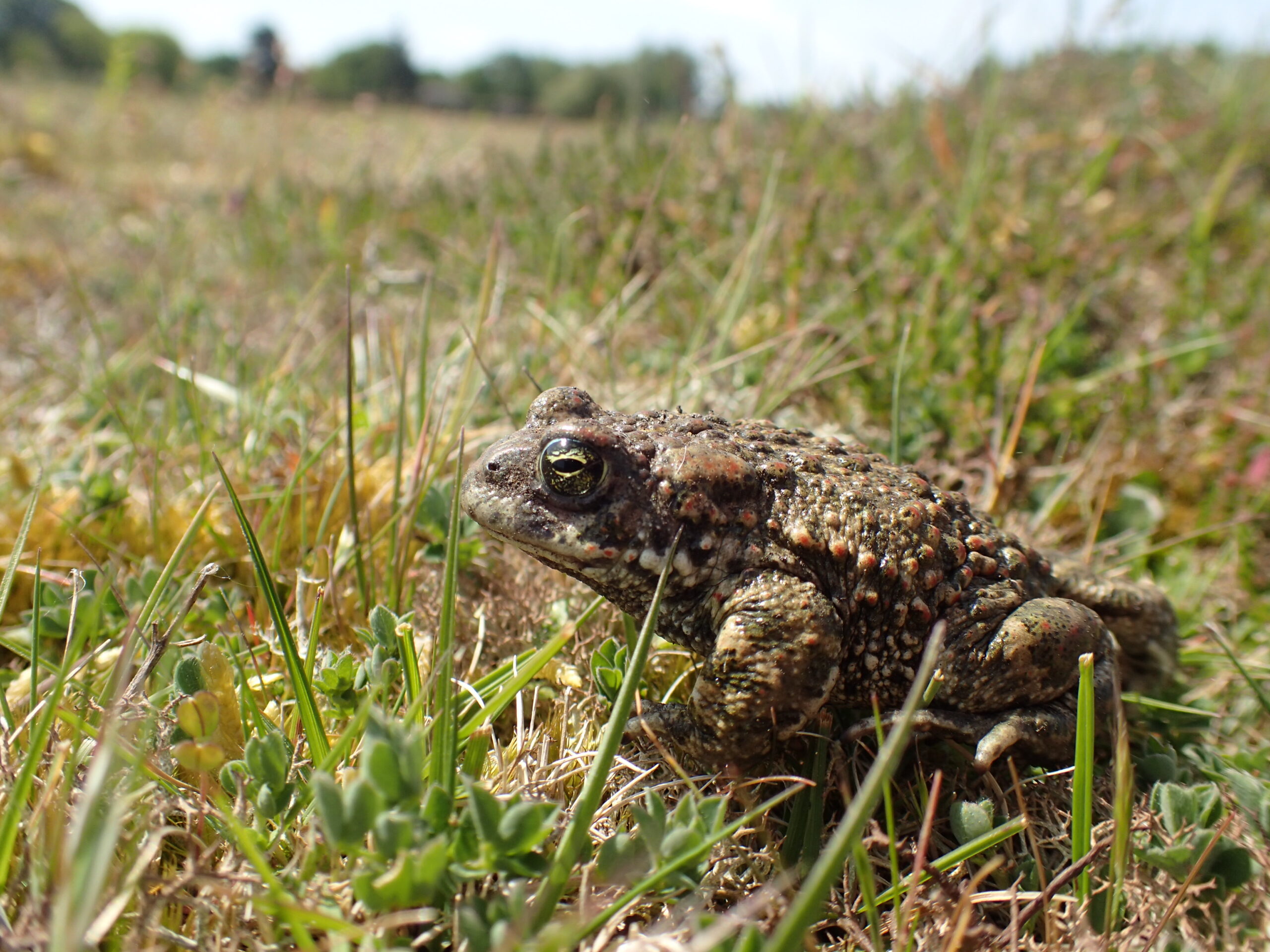
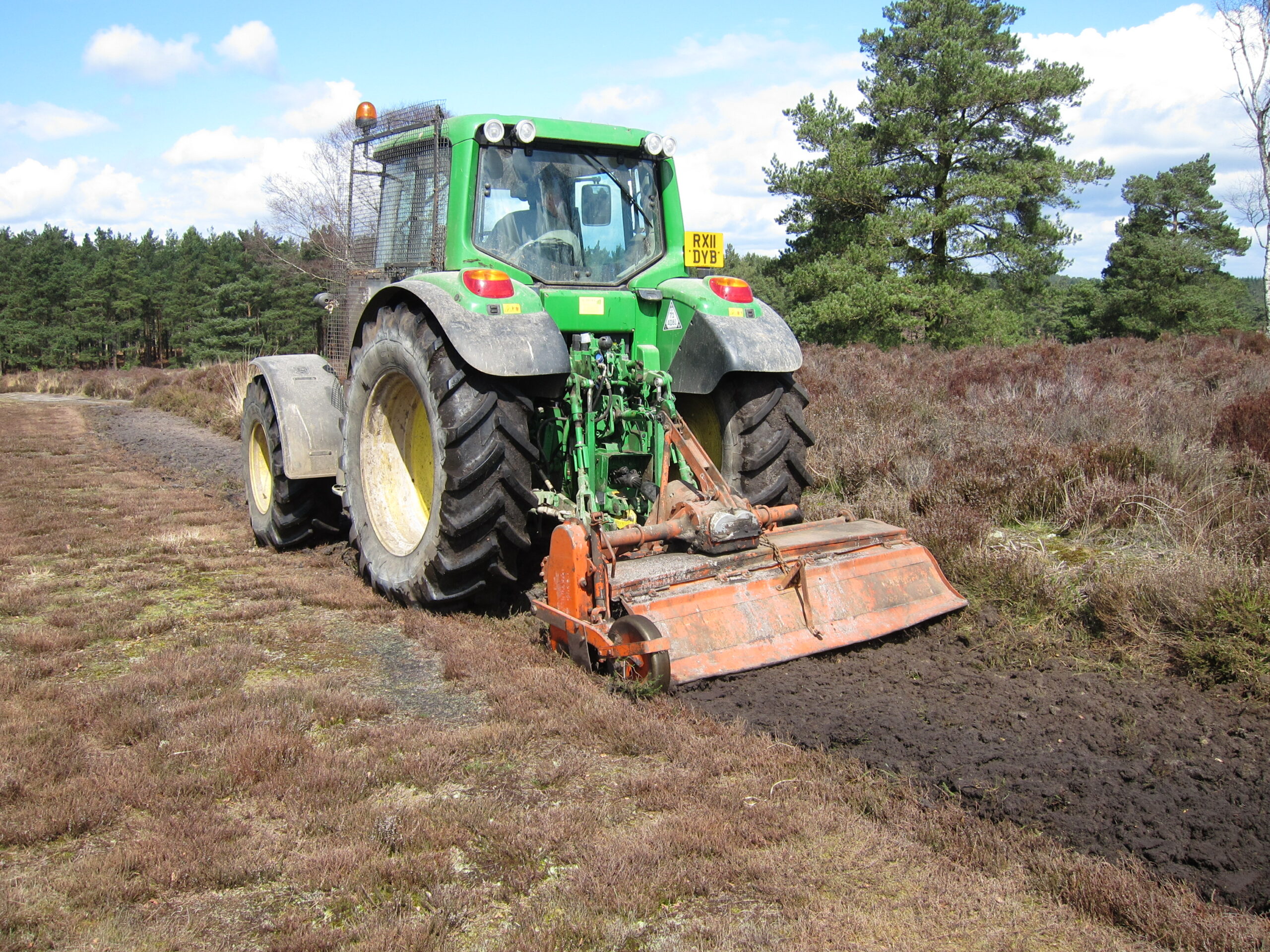
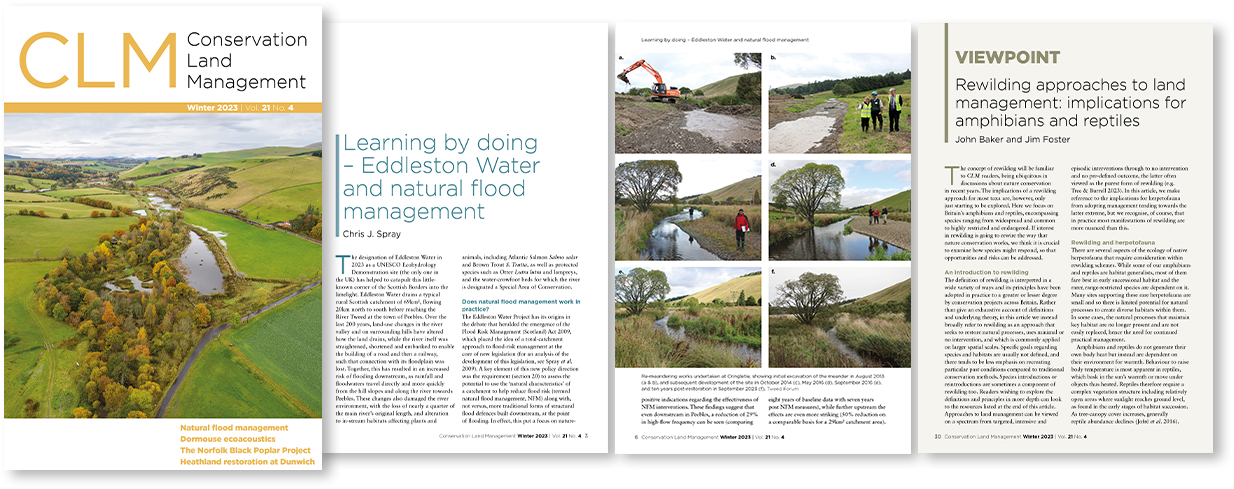
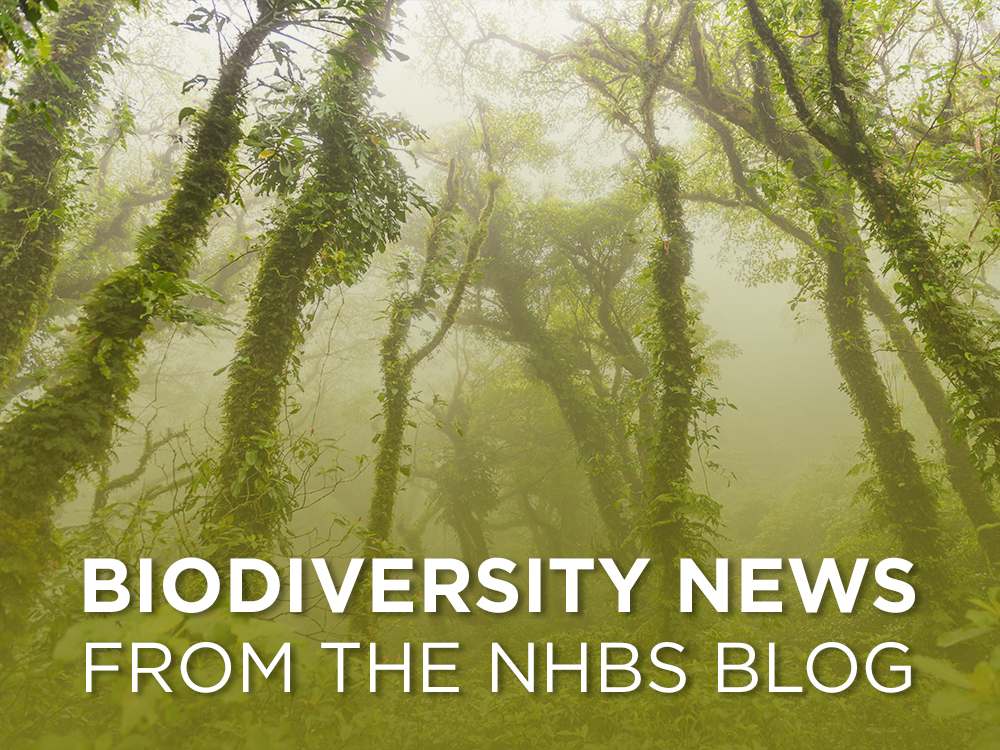

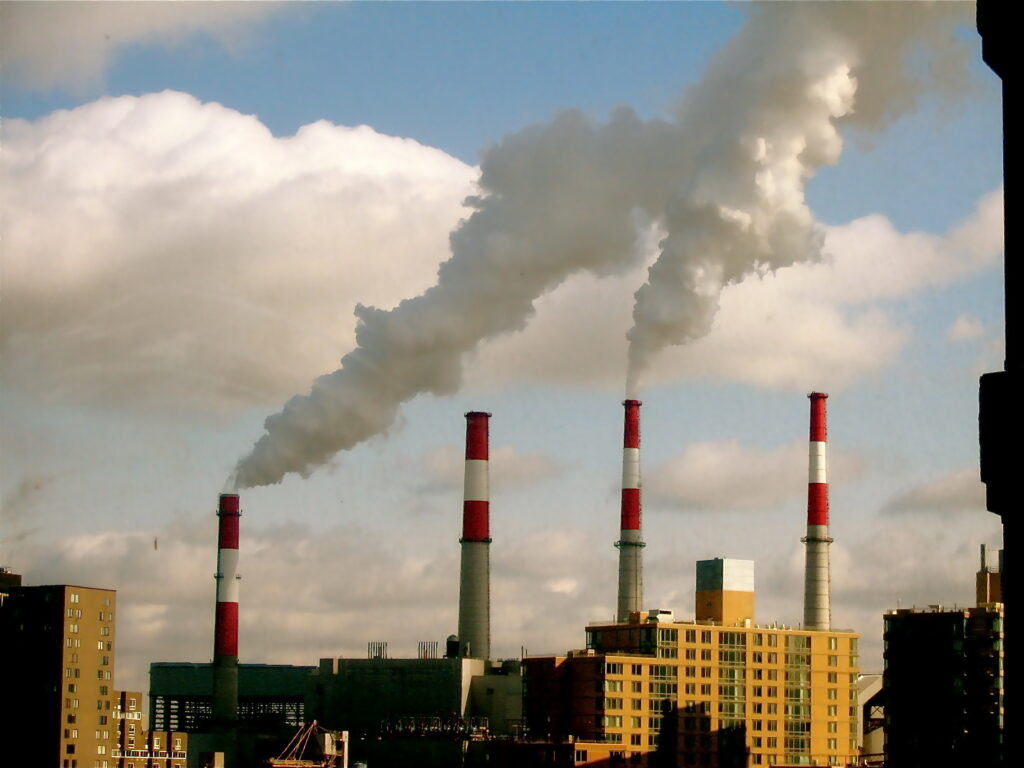
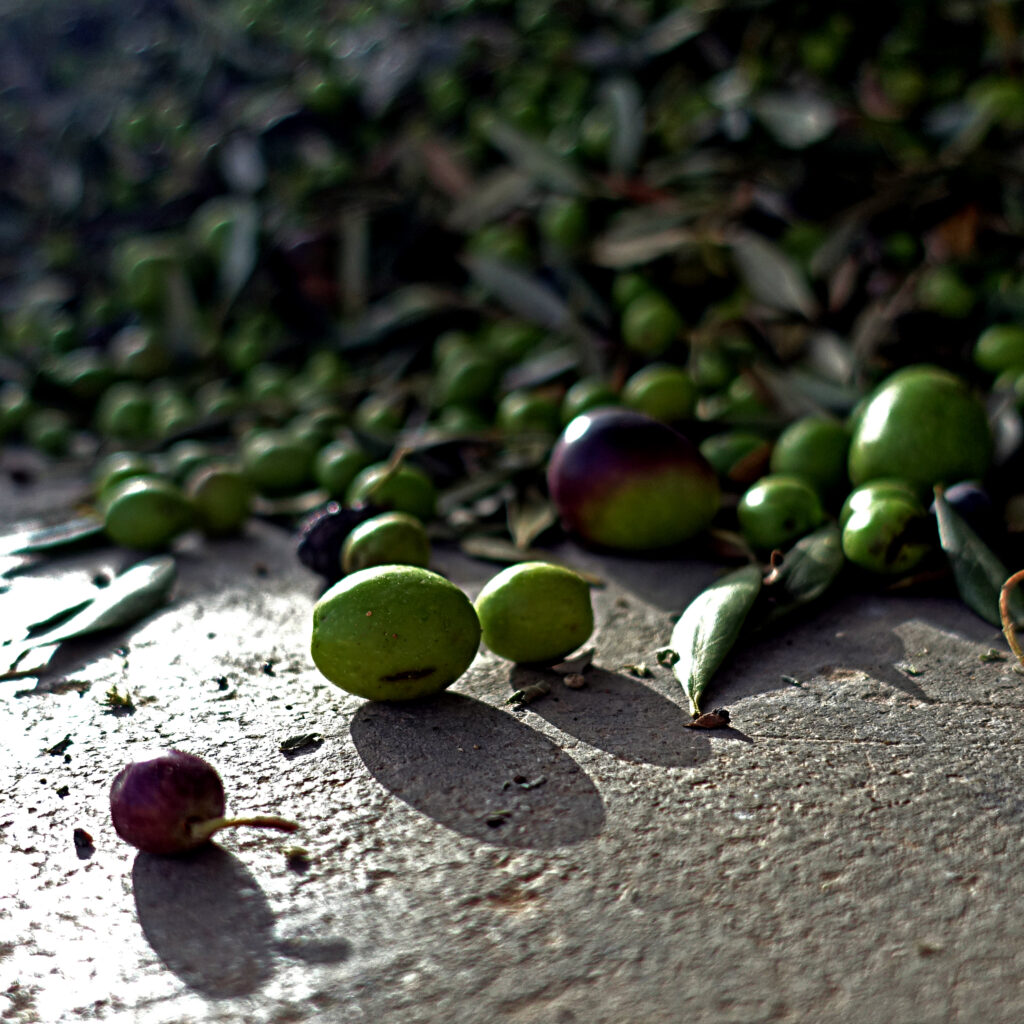


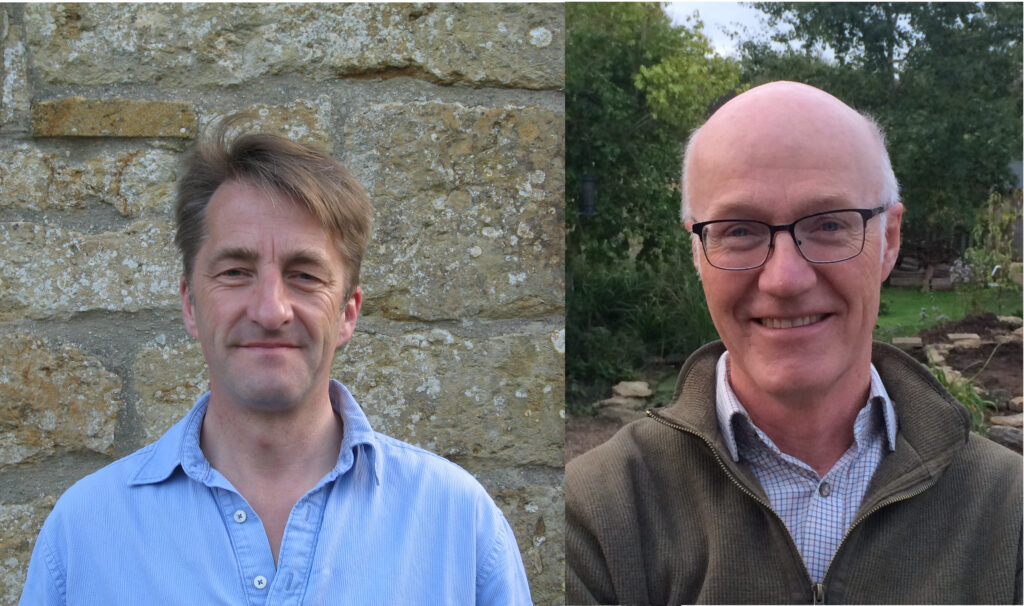
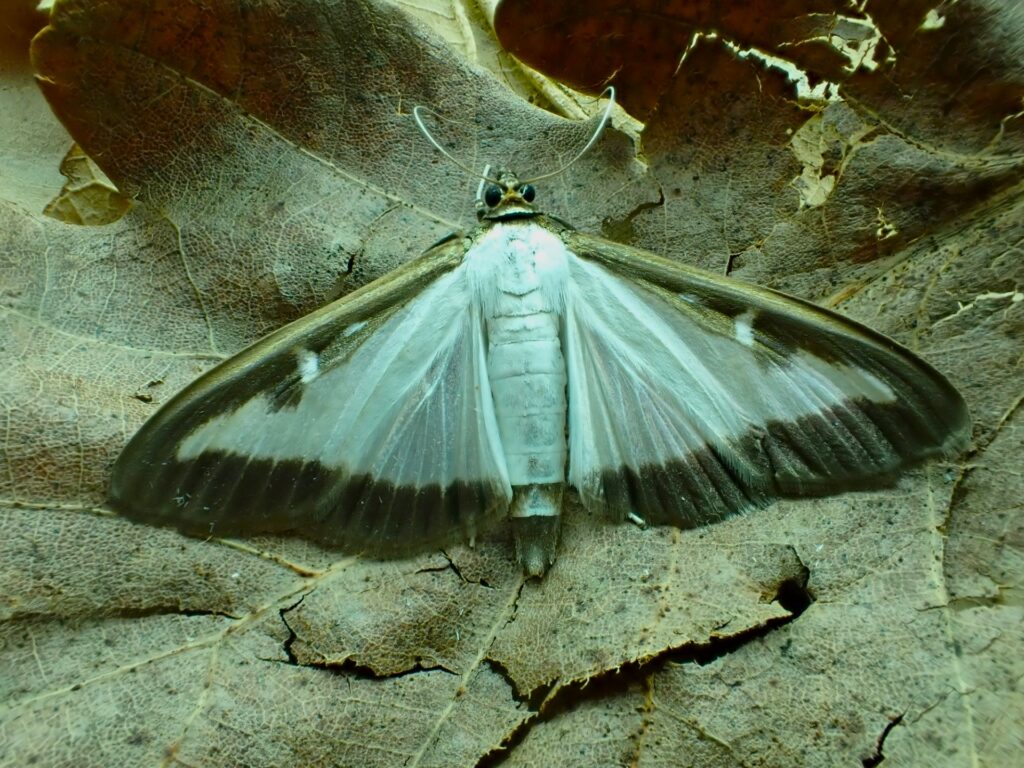
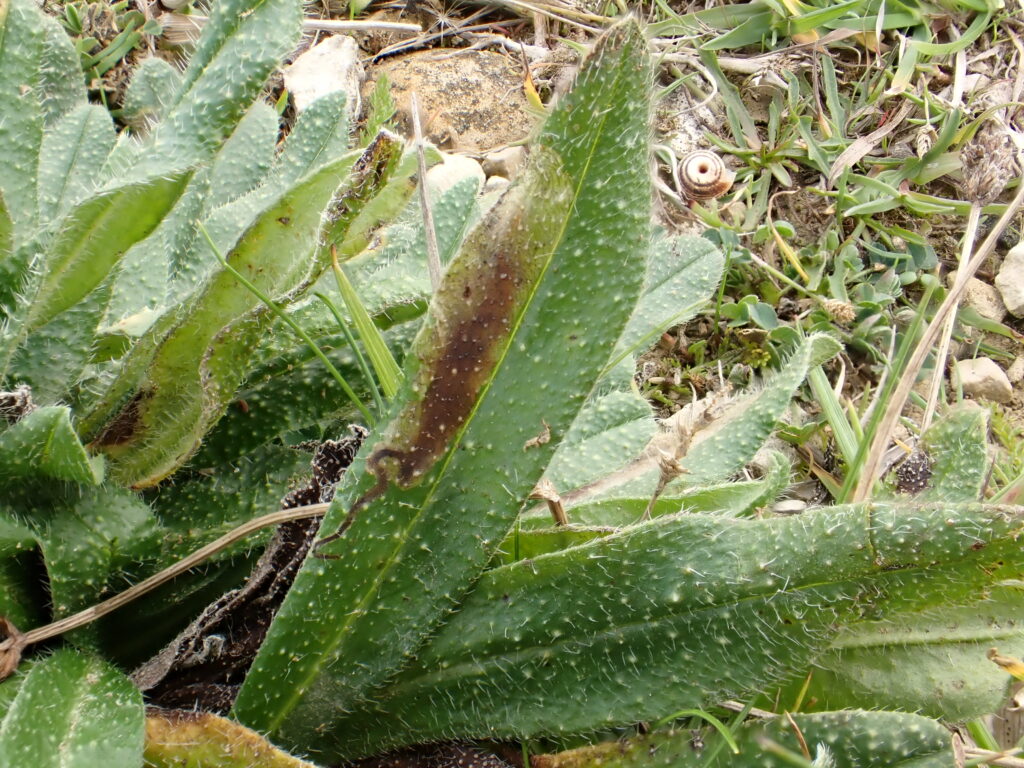
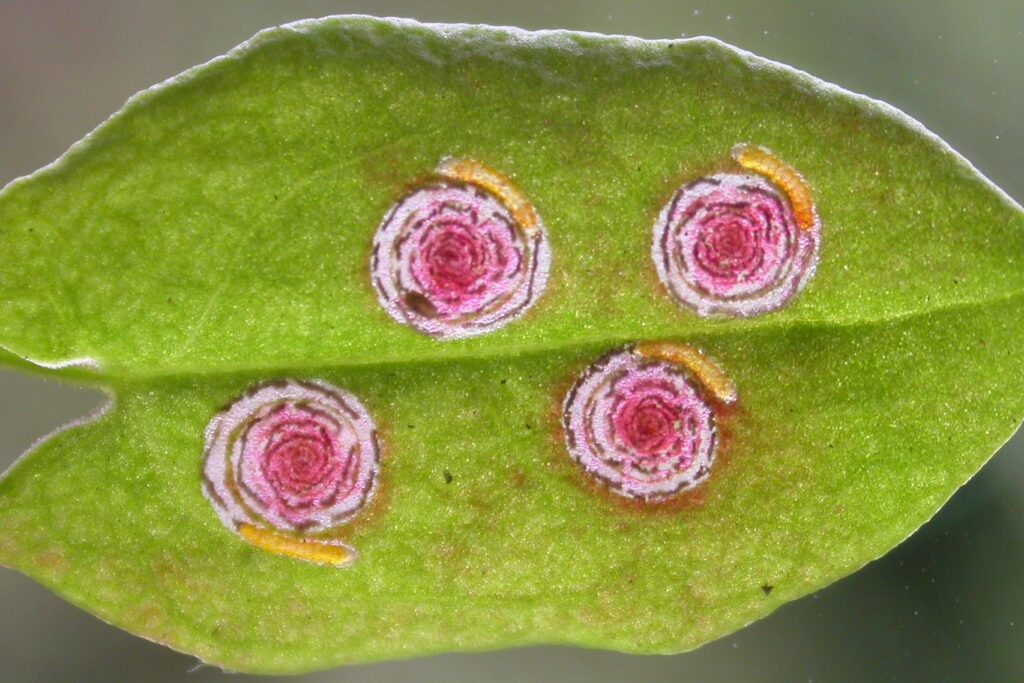
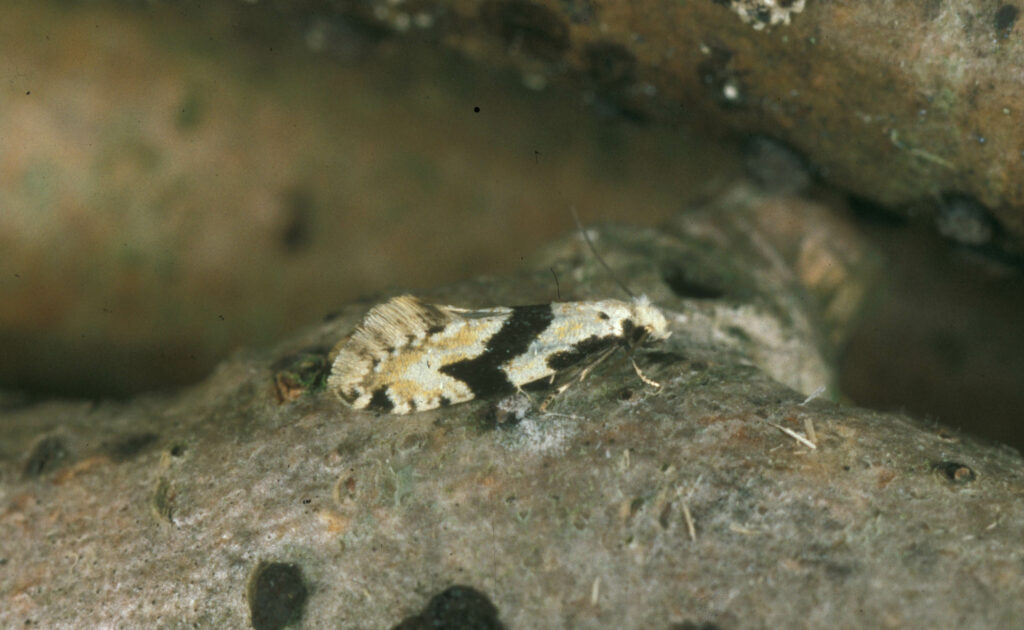
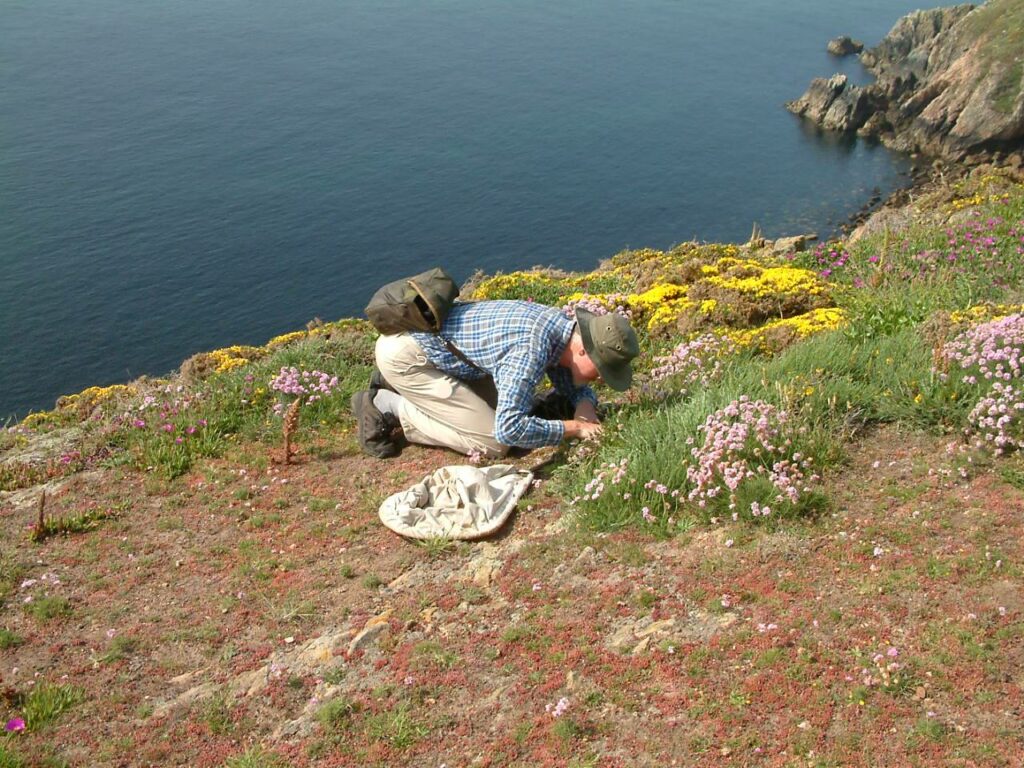


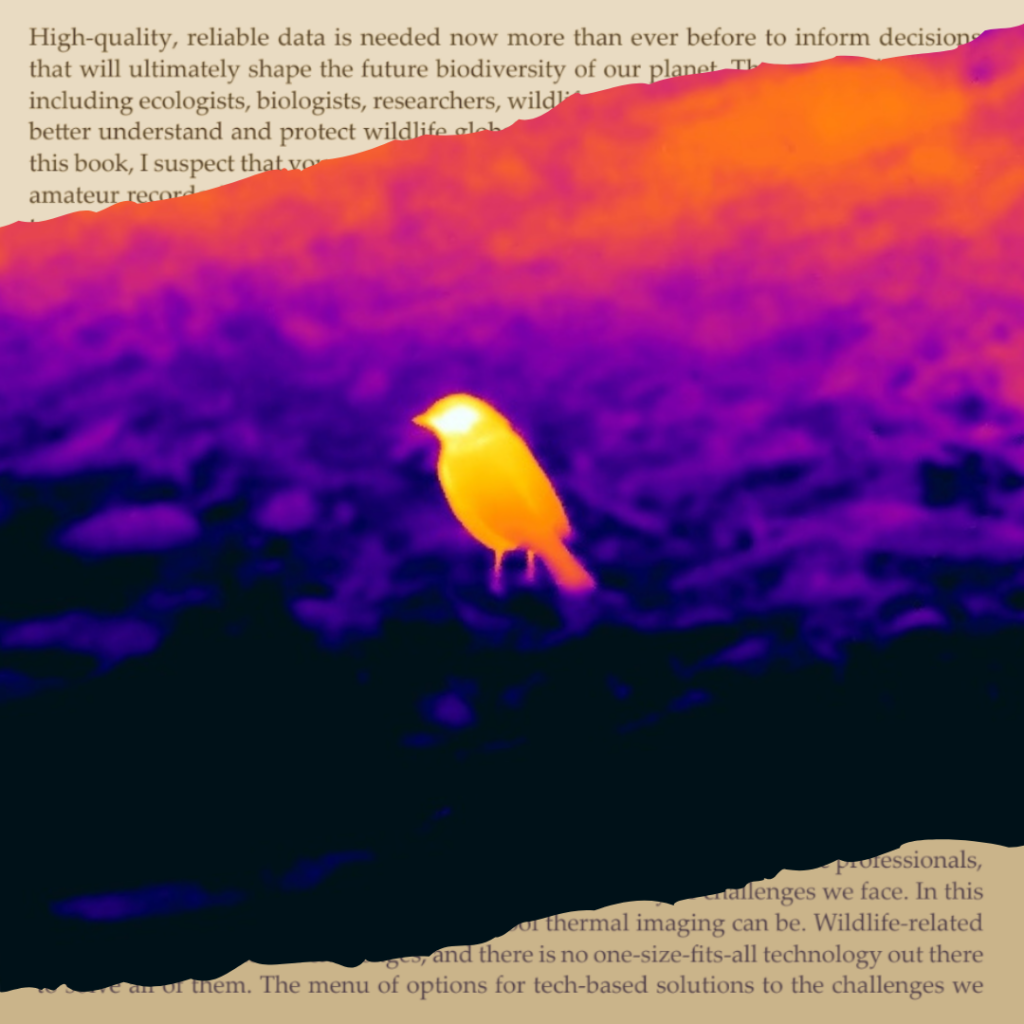

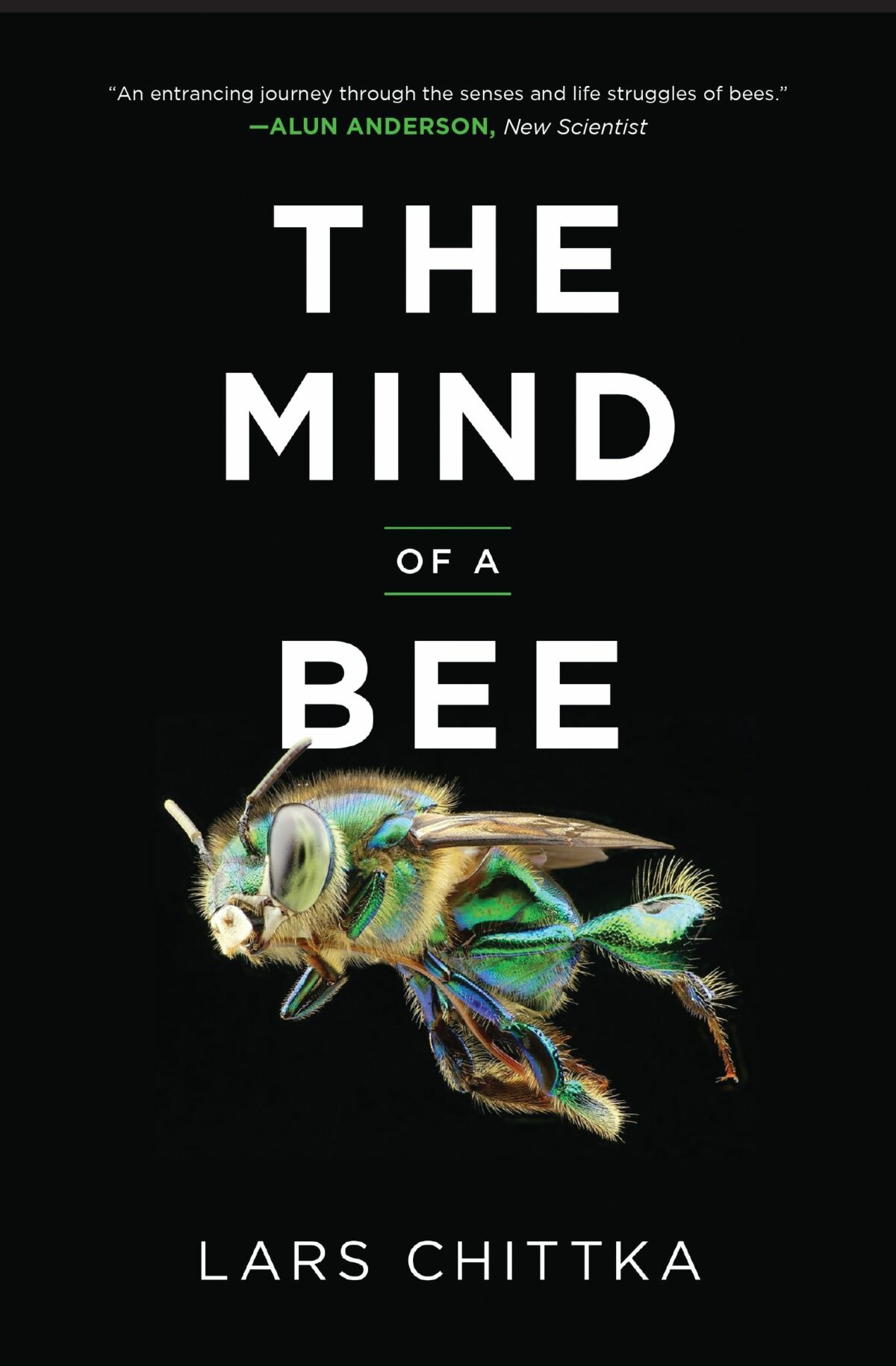
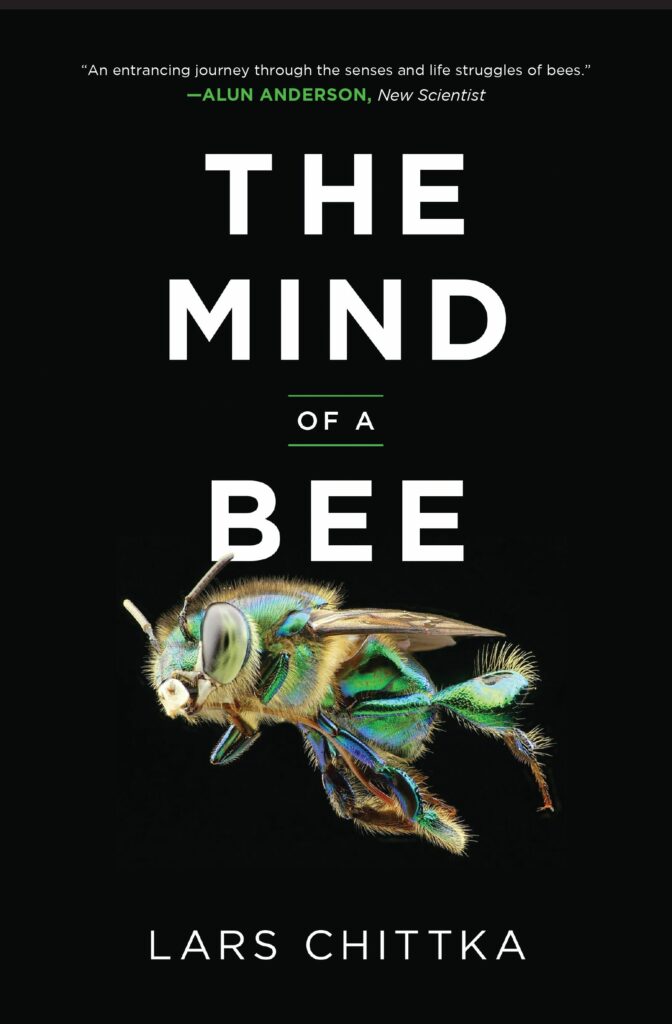
 Justifiably, the book opens with sensory biology. Before we understand what is in the mind of any organism, Chittka argues, we first need to understand the gateways, the sense organs, through which information from the outside world is filtered. These are shaped by both evolutionary history and daily life (i.e. what information matters on a day-to-day basis and what can be safely ignored). Chapter 2 deals with the historical research that showed that bees do have colour vision and furthermore can perceive ultraviolet (UV) light. Chapter 3 bundles together research on numerous other senses, including ones familiar (smell, taste, and hearing) and unfamiliar to us (perception of polarised light, Earth’s magnetic field, and electric fields). The antennae of bees, in particular, are marvels; Chittka likens them to a biological Swiss army knife, packing numerous different sense organs into two small appendages. Tightly connected to sensory biology is how this incoming information is processed in the brain, though Chittka postpones discussing neurobiology to chapter 9. He describes the discovery and function of different brain areas and highlights the work of Frederick Kenyon who would inspire the better-remembered Santiago Ramón y Cajal. Thanks to them, we now understand that brains consist of numerous specialised nerve cells. Though the bee brain is small, Chittka argues that size is a poor predictor of cognitive skills; it is the wiring of neurons that matters. Rather than be surprised that small-brained insects such as bees can do so many clever things, Chittka instead tickles the reader with the opposite question: “Why does any animal need as large a brain as a bee’s?” (p. 153).
Justifiably, the book opens with sensory biology. Before we understand what is in the mind of any organism, Chittka argues, we first need to understand the gateways, the sense organs, through which information from the outside world is filtered. These are shaped by both evolutionary history and daily life (i.e. what information matters on a day-to-day basis and what can be safely ignored). Chapter 2 deals with the historical research that showed that bees do have colour vision and furthermore can perceive ultraviolet (UV) light. Chapter 3 bundles together research on numerous other senses, including ones familiar (smell, taste, and hearing) and unfamiliar to us (perception of polarised light, Earth’s magnetic field, and electric fields). The antennae of bees, in particular, are marvels; Chittka likens them to a biological Swiss army knife, packing numerous different sense organs into two small appendages. Tightly connected to sensory biology is how this incoming information is processed in the brain, though Chittka postpones discussing neurobiology to chapter 9. He describes the discovery and function of different brain areas and highlights the work of Frederick Kenyon who would inspire the better-remembered Santiago Ramón y Cajal. Thanks to them, we now understand that brains consist of numerous specialised nerve cells. Though the bee brain is small, Chittka argues that size is a poor predictor of cognitive skills; it is the wiring of neurons that matters. Rather than be surprised that small-brained insects such as bees can do so many clever things, Chittka instead tickles the reader with the opposite question: “Why does any animal need as large a brain as a bee’s?” (p. 153). What clever things do bees do, you ask? That is the subject of the preceding five chapters where Chittka surveys a large body of behavioural research. Honey bees are famous for their waggle dance by which they communicate the location of flowers but also, this was news to me, the location of potential nest sites when the swarm relocates. But Chittka discusses more, much more: how bees navigate space using landmarks, show a rudimentary form of counting, solve the travelling salesman problem, learn to extract nectar from complex flowers, learn when to exploit certain flowers (and when to ignore them), and learn new tricks by observing other bees. But what about instinct, something most behaviours were traditionally ascribed to? He has some insightful comments on this: “even the most elemental behavior routines need to be refined by learning: instinct provides little more than a rough template” (p. 50). What really made me fall off my chair is that bees have long been outsmarting researchers in choice experiments. Many behavioural experiments take the form of choice tests, where bees need to pick between two locations or objects that differ in e.g. colour or shape with one option containing a sugary solution as a reward. Bumblebees would simply be lazy and check out both options in random order. Until, that is, protocols were modified by adding a bitter-tasting solution to the wrong choice as a penalty.
What clever things do bees do, you ask? That is the subject of the preceding five chapters where Chittka surveys a large body of behavioural research. Honey bees are famous for their waggle dance by which they communicate the location of flowers but also, this was news to me, the location of potential nest sites when the swarm relocates. But Chittka discusses more, much more: how bees navigate space using landmarks, show a rudimentary form of counting, solve the travelling salesman problem, learn to extract nectar from complex flowers, learn when to exploit certain flowers (and when to ignore them), and learn new tricks by observing other bees. But what about instinct, something most behaviours were traditionally ascribed to? He has some insightful comments on this: “even the most elemental behavior routines need to be refined by learning: instinct provides little more than a rough template” (p. 50). What really made me fall off my chair is that bees have long been outsmarting researchers in choice experiments. Many behavioural experiments take the form of choice tests, where bees need to pick between two locations or objects that differ in e.g. colour or shape with one option containing a sugary solution as a reward. Bumblebees would simply be lazy and check out both options in random order. Until, that is, protocols were modified by adding a bitter-tasting solution to the wrong choice as a penalty. As mentioned above, this book is focused. If you enjoy reading about the facts and the study system with minimal (autobiographical) diversions, Chittka has got you covered. The only digression he allows himself is to include biographical details of older generations of scientists. This includes inspiring tales such as Karl von Frisch who described the honey bee waggle dance and later barely escaped being dismissed from his post by the Nazis. And look out for repeat appearances of Charles Turner, a now largely forgotten African American scientist who published pioneering work despite having been denied a professorship based on his ethnicity. But there are also tragic stories such as Kenyon’s, who snapped under pressure of not securing a permanent job and was incarcerated in a lunatic asylum where he died more than 40 years later, alone and forgotten. Chittka includes occasional quotations from historical literature to show that “many seemingly contemporary ideas about the minds of bees had already been expressed, in some form, over a century ago” (p. 15).
As mentioned above, this book is focused. If you enjoy reading about the facts and the study system with minimal (autobiographical) diversions, Chittka has got you covered. The only digression he allows himself is to include biographical details of older generations of scientists. This includes inspiring tales such as Karl von Frisch who described the honey bee waggle dance and later barely escaped being dismissed from his post by the Nazis. And look out for repeat appearances of Charles Turner, a now largely forgotten African American scientist who published pioneering work despite having been denied a professorship based on his ethnicity. But there are also tragic stories such as Kenyon’s, who snapped under pressure of not securing a permanent job and was incarcerated in a lunatic asylum where he died more than 40 years later, alone and forgotten. Chittka includes occasional quotations from historical literature to show that “many seemingly contemporary ideas about the minds of bees had already been expressed, in some form, over a century ago” (p. 15).
